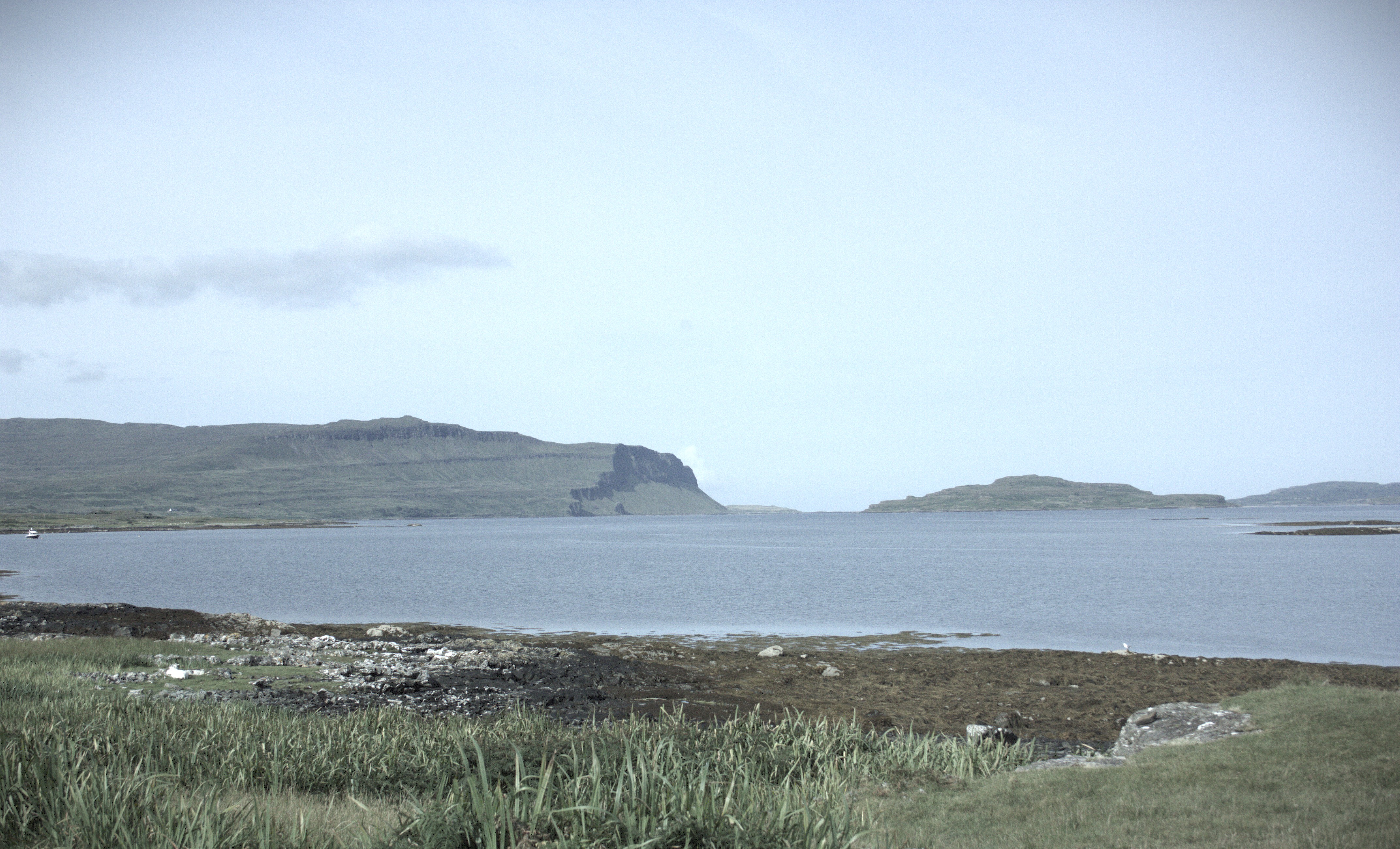In the quiet hours of the 7th of August 1947, a shockwave hit the small town of Wormwood on the South-western coast of Orensk. Wormwood had been an unremarkable village from its Great Moravian origins in the 9th century, but it gained renewed interest, economy and population in the later 19th century when the Grand Overseers of Orensk published plans for a nuclear power station on the outskirts of Wormwood to cope with the growing urban populations and the recent rush of immigrants from it's South-eastern neighbours following the collapse of the Yarosvenka Dam and the subsequent flooding of the city of Yarosvenka.

The construction of the plant may have been full of potholes but an incident hadn't occured since many of the newly revived town's occupants were young. Whatever it was, it was yet to be a concern. Night shift workers had to find out what had occured before handing voer to the day shift workers. Replacement control rods had just been installed, made from a synthetic graphite that was cheaper toproduce than the material that was mined from the local Wormwood Graphite Mine. Graphite use had been gradually faded out of style anyway, and the mine was in serious danger of closure. Local Wormwood villagers were dependent on the mine for business, but the needs of the Greater Oren people came before one ancient settlement. The mine would eventually be 'temporarily' closed in the wake of the accident, though it was leaked from within the Department of Domestic Security that the Overseers had no intention of reopening the mine. It would in fact be deliberately flooded later on in a misguided attempt to minimise fallout from the Incident, though this proved to only accerlate the damage.
